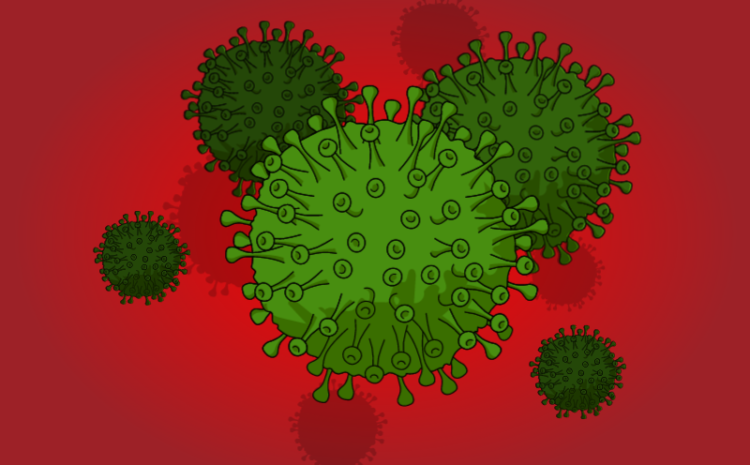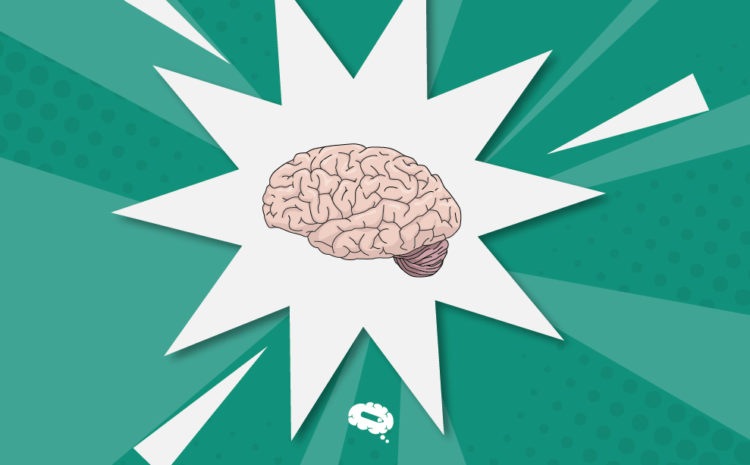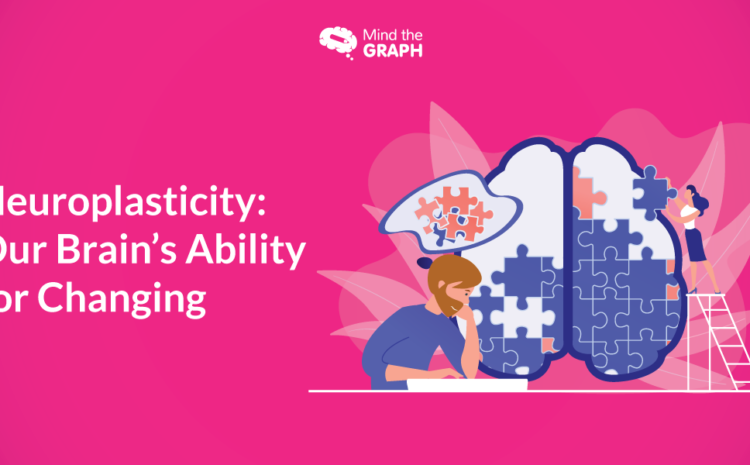The brain-eating amoeba, technically known as Naegleria fowleri, is a rare but dangerous organism that has prompted widespread concern and dread. Although PAM cases are uncommon, the consequences can be disastrous, urging public health officials to take efforts to prevent its spread.
This article will examine the facts of the brain-eating amoeba, such as its causes, how it spreads, symptoms, and prevention methods, in order to help you better understand this deadly organism. Understanding the dangers connected with Naegleria fowleri allows you to take action to lessen your exposure and risk of developing this rare but potentially deadly infection.

What is the brain-eating amoeba?
The brain-eating amoeba, also referred to as Naegleria fowleri is a species of amoeba that can cause primary amoebic meningoencephalitis, a rare and fatal brain infection (PAM).
Primary amoebic meningoencephalitis (PAM) has a high mortality rate. In reality, just a few dozen occurrences have been documented in the United States in the last decade, 154 known occurrences from 1962 to 2021, and only four people have survived, making the death rate over 97%, according to the Centers for Disease Control and Prevention (CDC).
The disease advances quickly, with symptoms appearing 1-12 days after exposure and death happening within a few days in most occurrences.
This amoeba may be found in warm freshwater habitats including lakes, rivers, hot springs, and untreated swimming pools.
How does the brain-eating amoeba infect people?
The brain-eating Amoeba can infect individuals when contaminated water enters the body through the nose. This can happen while swimming, diving, or leaping into warm freshwater bodies of water, especially those with stagnant or slow-moving water.
When the amoeba penetrates the nasal canal, it can move down the olfactory nerve to the brain, where it can cause significant inflammation and death of brain tissue, resulting in primary amoebic meningoencephalitis (PAM).
It is important to highlight that if the brain-eating amoeba is ingested, it cannot cause an infection and cannot be passed from person to person.
Where is brain-eating amoeba (Naegleria fowleri) found?
The brain-eating amoeba, Naegleria fowleri, is found in warm freshwater habitats, notably in stagnant or slow-moving water such as lakes, rivers, ponds, and hot springs, as previously noted. It can also be found in soil, but soil infections are relatively rare. However, Naegleria fowleri does not live in saltwater, such as the ocean.
Naegleria fowleri is most usually found in warm places with temperatures ranging from 25 to 46°C. (77 to 115°F). It thrives best at high temperatures of up to 46°C. (115ºF) and may survive for brief periods at even higher temperatures. Although water temperatures from lakes and rivers connected to certain PAM cases were generally greater than 26.67°C (80°F), according to scientists, the amoeba may be able to survive at water temperatures below 26.67°C (80°F).
The ameba may be found in the following types of water sites:
- Thermal water (naturally heated), such as hot springs;
- Industrial or power plant discharge of warm water;
- Soil, containing sediment from lakes, ponds, and rivers;
- Unmaintained swimming pools, splash pads, surf parks, or other recreational areas with insufficient chlorine;
- Tap water;
- Lakes and rivers;
- Water heaters;
- Warm water discharge.
What are the symptoms?
The symptoms of a Naegleria fowleri infection, commonly known as primary amoebic meningoencephalitis (PAM), can occur 1-12 days, usually on the 5th day, after contact with the amoeba, however, symptoms may not appear for many weeks.
PAM’s early symptoms are similar to those of other different types of meningitis and may include migraine, stiff neck, fever, nausea, and vomiting. Seizures, hallucinations, mind blurry, light sensitivity and difficulties speaking or swallowing can all occur as the infection advances.
As the name implies, the infection can also cause brain tissue death, resulting in symptoms such as diminished balance or coordination, a rapid change in sense of smell or taste, and, in extreme instances, coma and death.
Since the symptoms of PAM are vague and might mimic those of other diseases, a diagnosis of Naegleria fowleri infection can be difficult. If a person exhibits signs of meningitis, especially if they have recently been exposed to warm waters, it is critical that they get medical assistance as soon as possible.
Treatment and prevention
Treatment for a Naegleria fowleri infection is difficult, and the illness is nearly usually deadly. Nevertheless, early detection and treatment can substantially increase the odds of survival. PAM treatment generally consists of supportive care to control symptoms and maintain essential functions, as well as a mix of medicines, which may include amphotericin B, azithromycin, fluconazole, rifampin, miltefosine, and dexamethasone.
These medicines are utilized because they have been shown to be effective against Naegleria fowleri and have been used to treat individuals who have survived.
Miltefosine is the newest medicine included in this list, during laboratory tests, it has been proven to kill Naegleria fowleri and has been used to treat three survivors, according to the CDC.
To limit the risk of infection with Naegleria fowleri, it is critical to avoid contact with polluted water. This might include:
- Swimming or diving should be avoided in warm freshwater habitats, especially if the water is stagnant or slow-moving, such as tiny lakes, ponds, and hot springs;
- Avoid using tap water to rinse your sinuses (nose). Use sterile, distilled, or previously boiled water;
- While swimming or diving in warm freshwater conditions, use nose clips or keep your head above water to avoid water from entering your nasal passages;
Remember, if you’ve been swimming in warm water and get meningitis symptoms such as a headache, fever, or stiff neck, seek medical attention immediately.
Turn your data into easy-to-understand infographics
Mind The Graph is a tool that allows users to construct visual representations of data and information, which may be useful in communicating complicated information in a more accessible and understandable fashion. Start using Mind The Graph in easy steps!

Subscribe to our newsletter
Exclusive high quality content about effective visual
communication in science.





